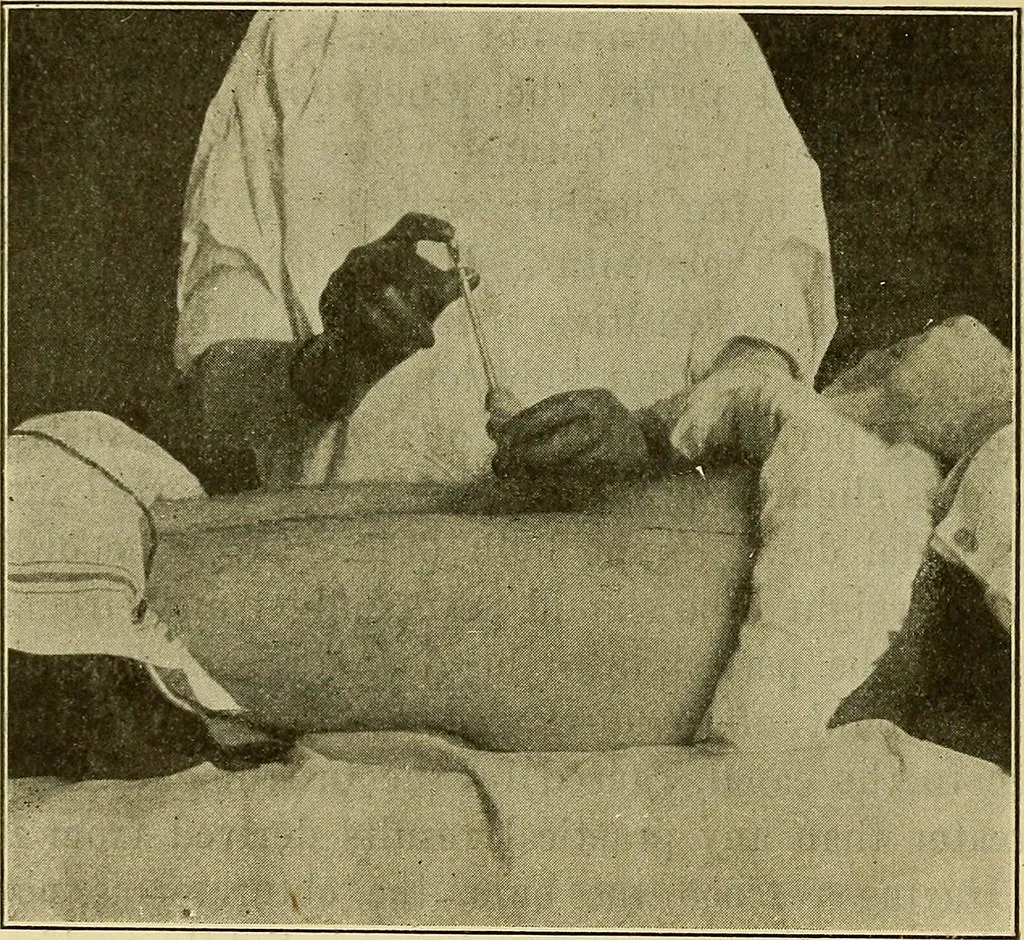Gonorrhea, one transmitted bacteria disease that is very common in both male and females. Also known as "The Clap", it was said by the World Health Organization to have a global prevalence of over 30.6 million cases, with 0.9% of the world women population and 0.7% of the world's men population with gonorrhea cases. There are millions of new cases yearly and while treating it is becoming something very difficult, it is possible to have gonorrhea and not know?
In Nigeria, there are a lot of people on the roadside who sell untested, unapproved, and gonorrhea medications to people on the street to cure gonorrhea. While gonorrhea is treatable, a lot of people here just prefer the traditional method of treatment which isn't always effective or buy those roadside medications. Gonorrhea is a sexually transmitted disease caused by the bacteria Neisseria gonorrhoeae, but it can also be transmitted non-sexually. Most Gonorrhea patients are asymptomatic and that little wonder it can be spread really wide as people can spread it without knowing they are spreading it.

Flickr
Neisseria gonorrhoeae is a gram-negative diplococci bacteria which adheres to the epithelial cell with the use of Pili. It affects the genital sites as well as the extragenital sites, such as the pharynx, rectum, and conjunctiva. Gonorrhea affects the cervix of the uterus in women, and like I said, many affected people are not symptomatic. I remember in my hostel in the University, a lot of ladies had to treat themselves for Gonorrhea, and these were the ladies who were symptomatic. I could wonder how many ladies were asymptomatic and not treat themselves. Symptoms of Gonorrhea in females include vaginal irritation, abnormal discharge from the vagina, inter-menstral bleeding, Dyspareunia (pain during intercourse), and Dysuria (urination burning). Females with Gonorrhea could suffer more serious issues relating to Gonorrhea as a result of the infection moving from the cervix of the uterus to the Uterine tube/fallopian tube, and to the ovary, causing inflamed uterus, uterine tube and inflamed ovary, which could lead to pelvic inflammatory diseases, as well as ectopic pregnancies (the growing of fertilized eggs outside the cavity of the uterus), or in some case, infertility, and untreated gonorrhea can lead to first trimester abortion.
Gonorrhea affects the Urethra in males, and while there can be asymptomatic experiences, males are more symptomatic than female. Males who are symptomatic have mucopurulent discharge (discharge of mucus/purs) from the urethra, as well as Dysuria. The epididymis of the testicular area can be affected with Gonorrhea, causing testicular swelling and pain. Gonorrhea can be gotten from other sites such as the Anus/Rectum in both male and females from same sex intercourse. Not treating Gonorrhea early could lead to infertility in male, neonatal conjunctivitis which leads to blindness in both male and females. Gonorrhea infection in the anus could lead to anorectal pains, bleeding, and mucopurulent drainage.
Gonorrhea can be asymptomatic as I said before, and in other to be able to identify it, tests such as Nucleic Acid Amplification Test (NAAT) done on Urine and the affected part of the private part, can help to identify the nucleic acid of the bacteria, can be conducted. Treating Gonorrhea can start with the use of antibiotics such as Ceftriaxone, which is an intramuscular injection. Overtime, the recommended dosage for treating Gonorrhea has increased, due to resistance of the bacteria Neisseria gonorrhoeae and this is as a result of transmission from one person to another, causing the bacteria to grow more resistant to the antibiotics. Overtime, my fear would be that gonorrhea would become very resistant to lots of antibiotics. Over the decade, 400 mg to 500 mg of cefixime (orally) or Ceftriaxone (intramuscularly) is required for treatment, but there have been history of failed treatments with these antibiotics.
It is important to learn safe sex practice. Having unprotected sex is a gateway to getting a lot of sexually transmitted diseases, especially gonorrhea. Also, oral intercourse could lead to asymptomatic gonorrhea, which infects the pharynx. In some cases, pharyngeal gonorrhea could lead to sore throat, swollen lymph nodes in the throat, and pus in the throat. One that could affect infants is during childbirth, when a child passes through the birth canal of a mother infected with Gonorrhea. This leads to gonorrhea affecting the conjunctiva. Mothers could cause their newly born to suffer from gonorrhea if they had it during childbirth which could lead to blindness.
Conclusion
Gonorrhea is common among youths and very less common among the old. This is often as a result of the sexual urge in youths. It is important to stick to a single partner or have protected sex to prevent sexually transmitted diseases, including gonorrhea. If you find any changes in your body, especially in your genitals, it is important that you visit a physician and get tested to e properly treated.
Epidemiology of Gonorrhea: A Global Perspective
Gonorrhea – CDC Detailed Fact Sheet
STUDIES ON GONOCOCCUS INFECTION

Hi, I am Tobi a writer, speaker, relationship blogger, and lover of good music. I love making friends and learning from people. Want to hear me speak on relationships and general life issues, you can find my podcast channel Here and I also have a youtube channel where you can listen and watch any episode for free, do not forget to subscribe and share with friends. I sincerely appreciate every love I get from members of the community and do well to keep them coming.